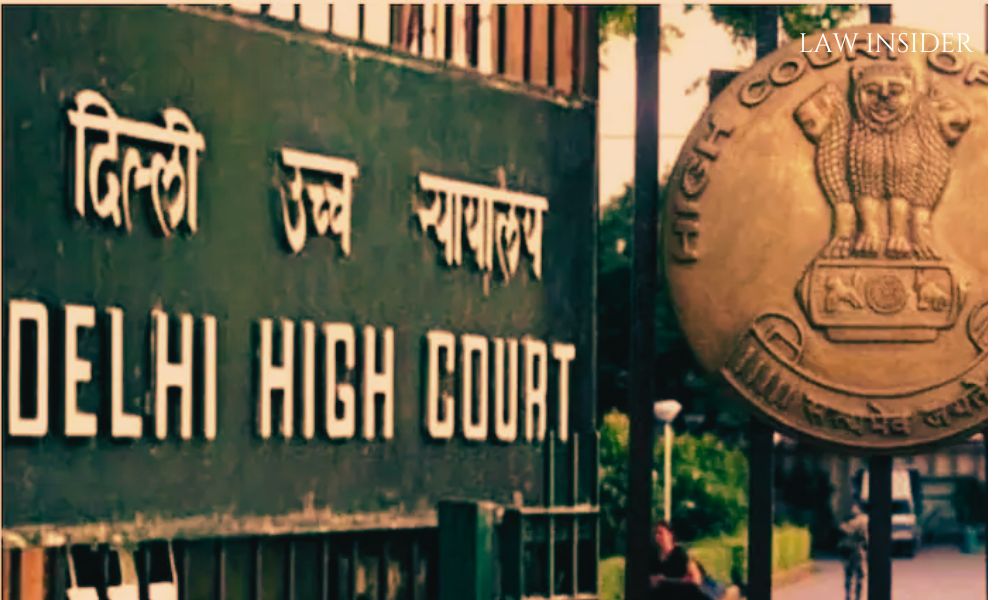LI Network
Published on: 16 September 2023 at 14:51 IST
The Delhi High Court has dismissed a Public Interest Litigation (PIL) filed by the residents of Siddhartha Extension, emphasizing that the National Capital Region Transport Corporation (NCRTC) has pledged to mitigate the impact of the Delhi-Meerut Semi-High-Speed Rail Corridor’s construction on the residents.
The court held that the NCRTC is a specialized government entity with significant experience in executing intricate infrastructure projects.
The residents of Siddhartha Extension had raised concerns over the alteration of the proposed route plan from option 1 to option 3, deeming it arbitrary and potentially detrimental to their lives and well-being. However, the court found that the decision to switch routes was well-founded and rooted in technical viability, cost-efficiency, and societal benefits.
The PIL was presented before a Bench comprising Chief Justice Satish Chandra Sharma and Justice Sanjeev Narula. Senior Advocate Kirti Uppal represented the Petitioners, while Standing Counsel Rajesh Katyal appeared for the Respondents.
The Sidhartha Extension Pocket C Residents Welfare Association (Sidhartha Association) initiated the PIL, raising concerns about the development of the Delhi-Meerut Regional Rapid Transport System (RRTS). This semi-high-speed rail corridor aims to enhance connectivity between Delhi, Ghaziabad, and Meerut.
The Petitioners argued that the decision to switch from the original route plan, Option 1, to an alternative route, Option 3, appeared to lack proper justification and was arbitrary. They believed this change could adversely affect the quality of life and well-being of Siddhartha Extension residents.
The court noted that the government had evaluated various options for the RRTS viaduct alignment, resulting in three potential choices. Option 1 bypassed Pocket C of Siddhartha Extension, Option 2 ran through it, affecting 24 flats, while Option 3 traversed the Siddharth Extension colony, impacting only 8 flats. Expert evaluations favored Option 3 due to its minimal impact on residences, cost-effectiveness, and feasibility.
The court highlighted that the pillars for Option 3 were carefully positioned to avoid disruptions to roadways, parking areas, and accessible spaces. This option was technically viable and economically sound.
Additionally, the Bench emphasized that when weighing individual property rights against the greater good of the public, the latter should take precedence. Public interest, including reduced air pollution, alleviated traffic congestion, and improved transportation, played a vital role in this decision.
The court acknowledged that the NCRTC had devised a comprehensive construction approach to ensure speed and safety, allocating additional resources within the society’s boundaries. These measures demonstrated a proactive strategy to safeguard the public from construction-related hazards while balancing infrastructure development with residents’ well-being and concerns.
Case Title: Sidhartha Extension Pocket C Residents Welfare Association & Anr. v Union Of India & Ors.

